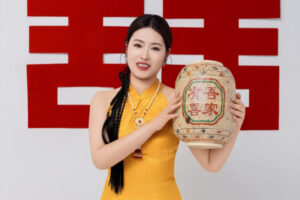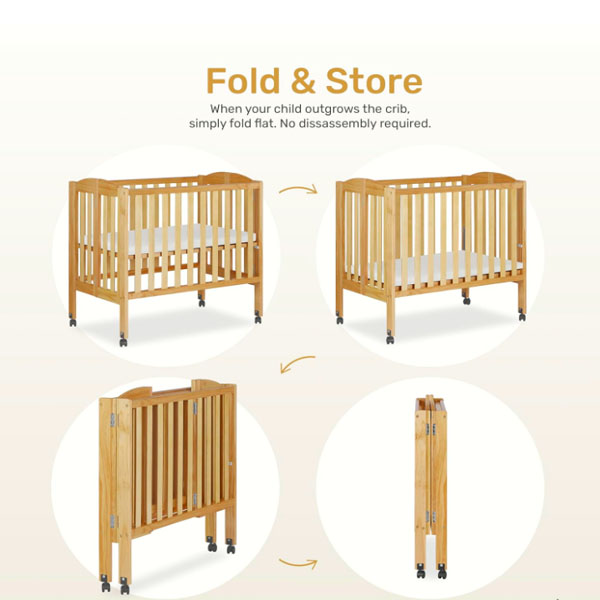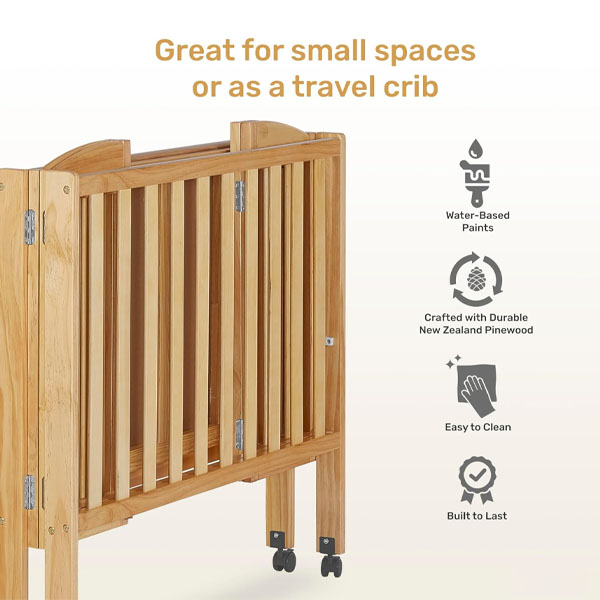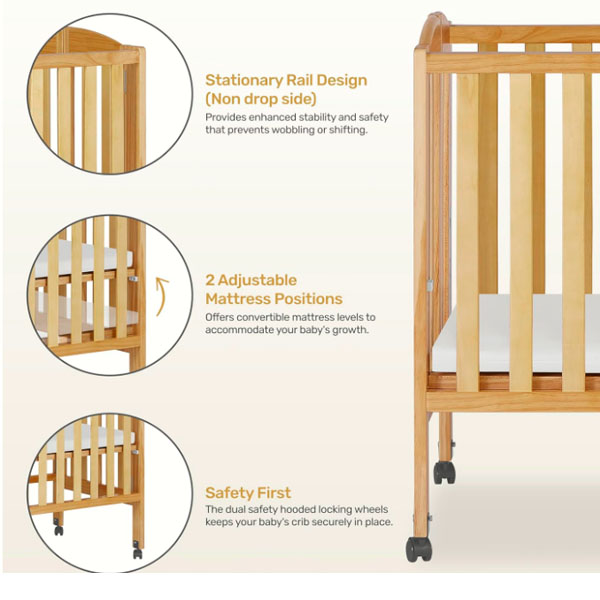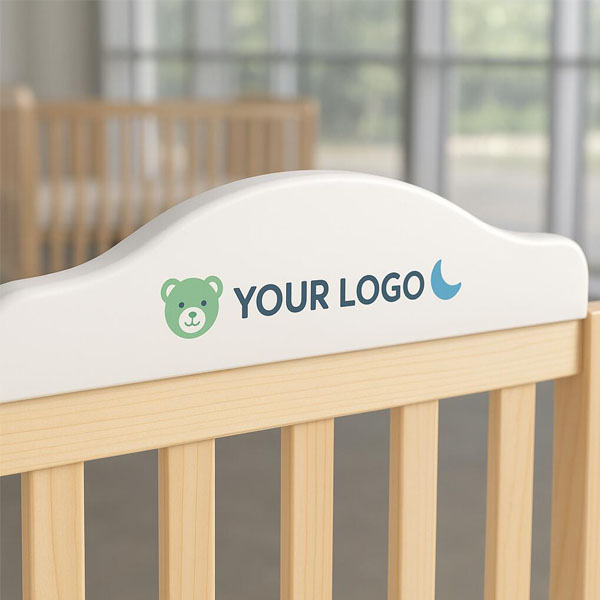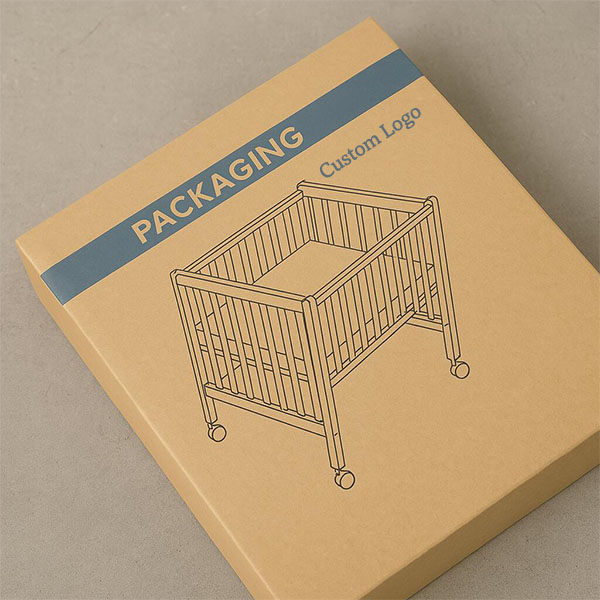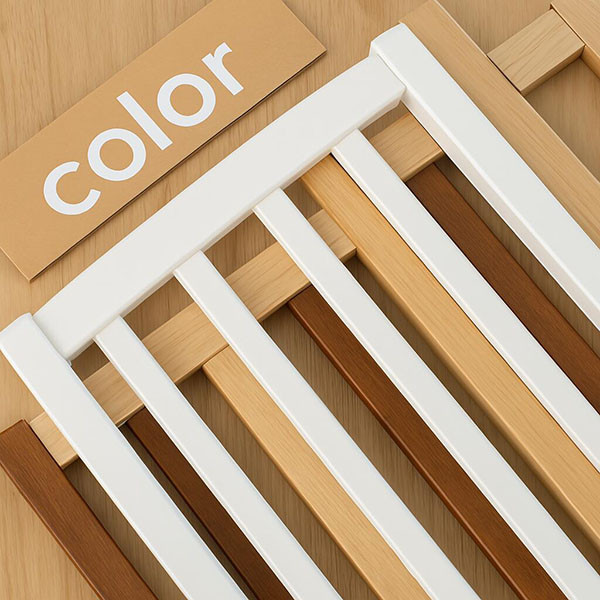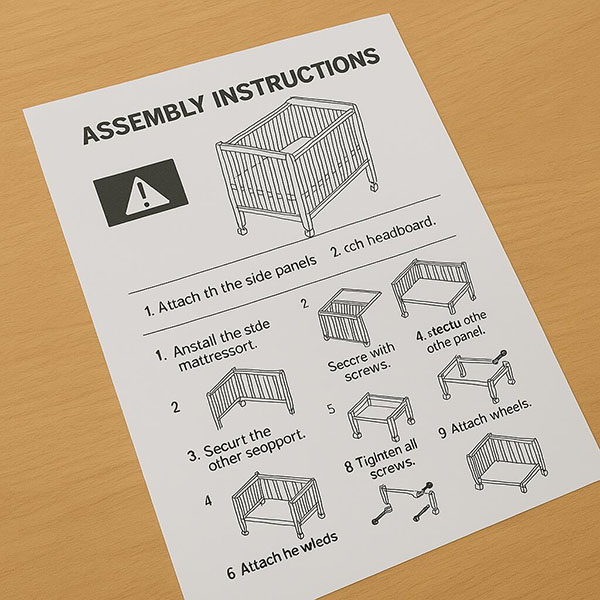Which is the best baby toy for babies less than 3 years old?
Babies under 3 are growing fast. The wrong toy can overwhelm or bore them. The right one supports growth while keeping them happy.
The best toy for babies under 3 years old is a simple, safe, and sensory-rich toy like stacking cups, soft blocks, or push-and-pull toys.
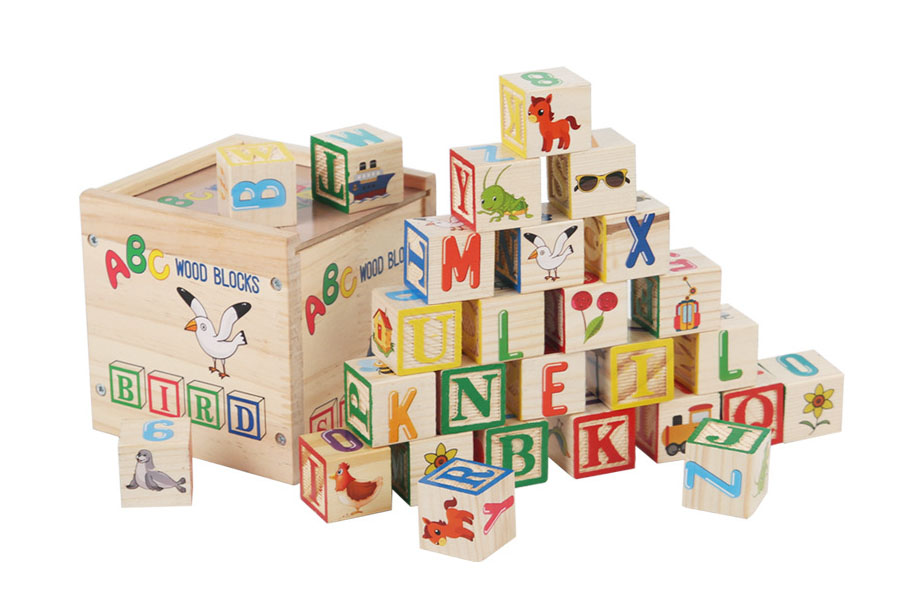
From birth to toddlerhood, babies explore the world with all five senses. They need toys that grow with their skills—grasping, sitting, walking, and talking. Let’s break down what toys are truly best across this crucial age range.
What makes a toy “the best” for babies under 3?
Flashy toys seem fun, but they often distract more than help. Babies need toys that engage them deeply.
The best toy supports sensory play, motor skills, creativity, and safe exploration. It adapts to different developmental stages.

What to look for in a toy for 0–3 years?
Babies learn through doing. The best toys match their curiosity with safety, simplicity, and interaction.
| Feature | Why It Matters |
|---|---|
| No small parts | Prevents choking hazard |
| Durable and soft | Withstands rough handling and mouthing |
| Sensory appeal | Encourages touch, sound, sight, even smell |
| Open-ended design | Allows new ways to play as the baby grows |
Avoid toys with fixed outcomes or loud noises. Babies under 3 need toys that let them lead the play.
What are the best toys for 0–12 months?
Infants are learning to focus, grasp, and move. Their ideal toys are soft, easy to grab, and responsive.
The best toys for 0–12 months are rattles, textured teethers, soft books, and high-contrast cards.

Why are simple toys better for infants?
At this stage, babies are just discovering their senses. Complex toys can overwhelm them.
| Toy Type | Why It Works |
|---|---|
| Rattles | Helps develop grip and cause-effect skills |
| Crinkle cloths | Engages hearing and touch |
| Soft mirror | Encourages visual tracking and recognition |
| Teething rings | Soothes gums and strengthens jaw muscles |
I gave my baby a crinkle fabric book at 4 months. It became a daily favorite. She’d grab, chew, and wave it endlessly.
What toys are best for 1–2 year olds?
At this stage, babies become toddlers. They move, talk, and imitate everything.
The best toys for 1–2 years are stacking toys, push walkers, nesting cups, and shape sorters.
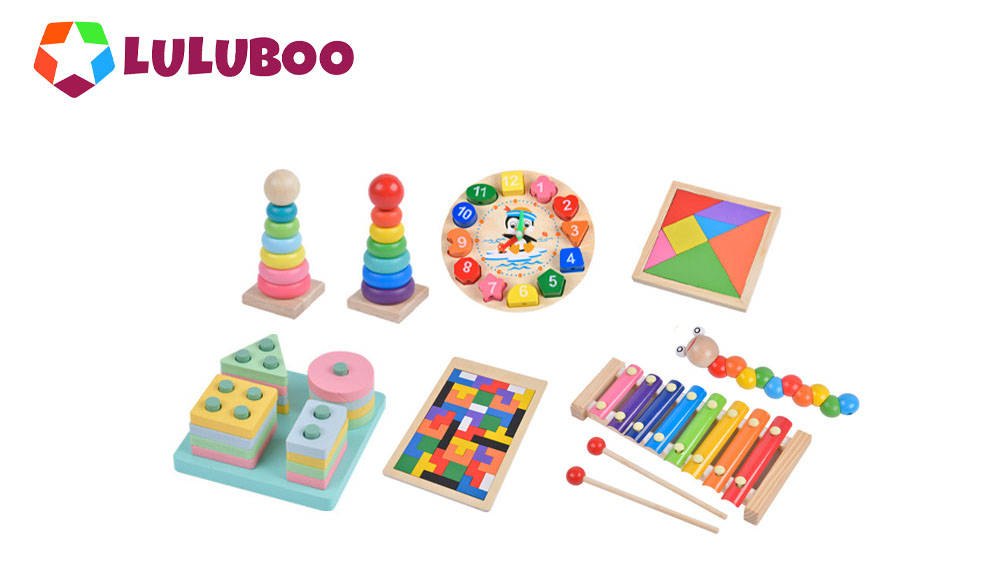
Why do these toys support development?
They combine physical movement with thinking. That’s what toddlers need—active problem-solving.
| Toy Type | Benefits |
|---|---|
| Stacking toys | Builds coordination and size recognition |
| Push walkers | Encourages walking and balance |
| Shape sorters | Improves fine motor skills and memory |
| Nesting cups | Introduces size, counting, and pouring |
My nephew pushed his wooden walker all over the house. It gave him confidence and turned walking into play.
What toys are best for 2–3 year olds?
By this age, toddlers pretend, ask questions, and solve problems. They’re ready for more complex play.
The best toys for 2–3 years are pretend-play sets, wooden puzzles, basic musical instruments, and ride-on toys.

Why does pretend play matter?
Pretending builds language, emotional awareness, and imagination. It also helps them practice real-world situations.
| Toy Type | How It Helps |
|---|---|
| Play kitchen | Role-playing and daily routine learning |
| Wooden puzzle | Problem-solving and hand-eye coordination |
| Toy instruments | Rhythm, sound exploration, expression |
| Ride-on cars | Movement control and balance |
I gave my toddler a wooden fruit cutting set. She now “makes dinner” every night before bed. That’s learning through play.
What is the most versatile toy under 3 years old?
Many toys are age-limited. But some grow with the child for years.
Stacking cups are the most versatile toy—they teach size, balance, water play, and can be used in dozens of ways.
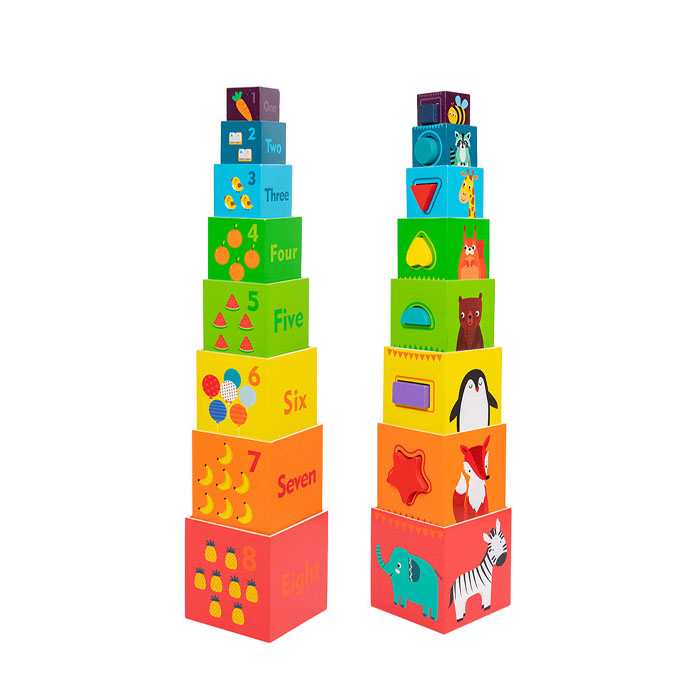
Why stacking cups?
They can be stacked, knocked down, used in the bath, or for pretend tea. The options are endless.
| Activity | Age Group | Skill Developed |
|---|---|---|
| Stacking tall towers | 1–2 years | Motor skills and balance |
| Sorting by size or color | 2–3 years | Logic and recognition |
| Bath time scooping/pouring | 1–3 years | Water control and cause-effect |
| Pretend play (cups, bowls) | 2–3 years | Creativity and social roles |
A $10 set of cups became the most-used toy in our house. It went from bath play to kitchen roleplay over the years.
Conclusion
Stick with simple, sensory-rich toys. Focus on open-ended, age-safe play that grows with your baby.


